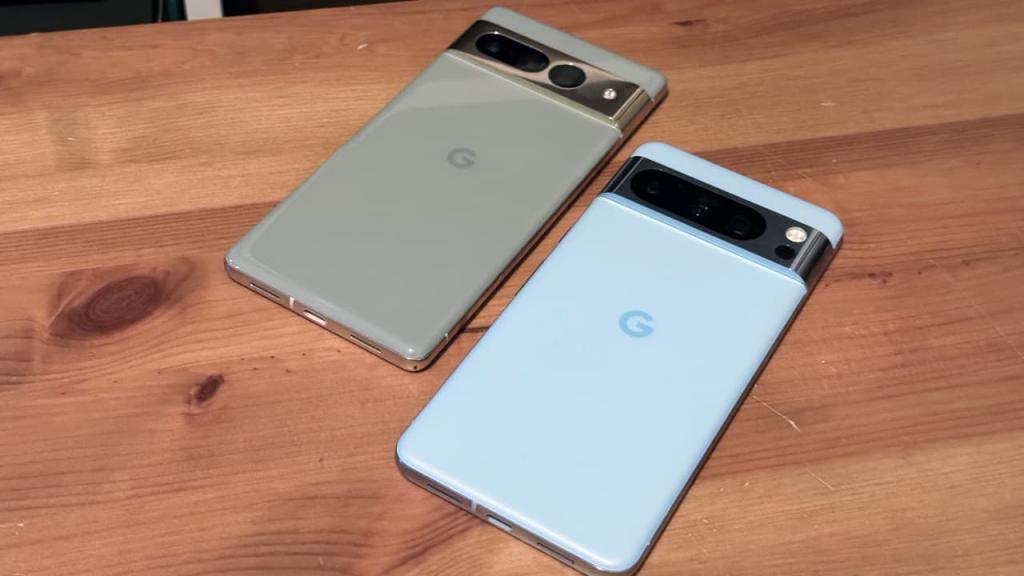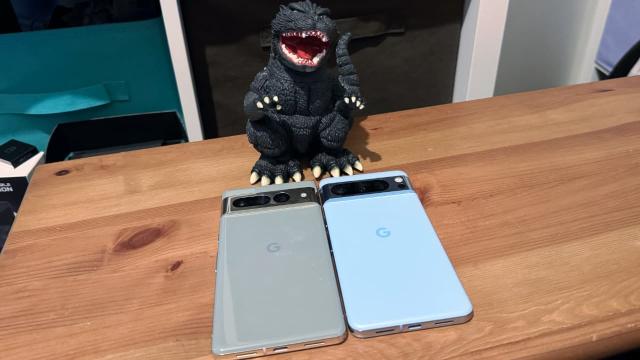5G, we’ve been told since it was first being mooted – and again, rather forcefully when it launched here in Australia back in 2019 – is the future of mobile phone networks – and the future is about speed. So why are Australians being sold slower 5G phones when faster models are available elsewhere?
5G can be seriously fast. You may have read stories right here about telcos setting speed records (look, here’s Vodafone! Here’s Telstra! Here’s Optus!) on 5G – but there’s a catch.
Not All 5G Is Created Equal
Isn’t all 5G just… 5G?
5G is a standard, but it’s a standard that encompasses a number of different network approaches, and, specifically, transmission frequencies.
In Australia, the first networks to launch back in 2019 were using what’s usually called “Sub 6Ghz” 5G networks, because that’s all that the telcos that launched them – Telstra first, then Optus and then Vodafone – had access too in a licensing sense. As Australia’s first 5G networks were being launched, the Federal government started plans for auctioning off the higher frequencies used for what’s usually called mmWave 5G.
If you’ve read a story about super-fast 5G being so much better than any NBN connection, you’re probably looking at somebody talking about mmWave 5G. That’s because while real-world tests by Australian networks have shown speeds around 4-6Gbps – yes, that’s 4 to 6 times faster than the fastest consumer-facing NBN plans right now – that’s only with mmWave connections.
Drop it down to sub-6Ghz and the speeds can drop, and markedly so. I’ve tested dozens of 5G phones in Australia with sub-6Ghz, and typically I tend to hit speeds of between 200-400Mbps, depending on location and the state of the network I’m on at that specific point in time.
So… Just Buy mmWave 5G Phones If You Really Want Speed In Australia, Right?
Right.
Except that, well, I wanted to gather up all the 5G mmWave-capable phones you can buy in Australia right now… and it didn’t take me all that long.
Here they are.

Both of them.
That’s a Pixel 7 Pro and a Pixel 8 Pro.
They’re great phones for the most part — if one ignores the silly temperature sensor on the Pixel 8 Pro — but if you want a mmWave 5G phone in Australia right now, your only choice is left (older) or right (newer) above.
mmWave network coverage in Australia isn’t huge right now, basically confined to heavy population areas within the CBDs of Australia’s biggest cities, but it’s just plain pathetic that three years after the first mmWave networks went live, the only brand that’s given a damn about delivering the potential of mmWave to Australian consumers has been Google.
I spent a lot on an iPhone 15 Pro or Samsung Galaxy S23 Ultra — Surely They’re 5G mmWave Capable?
Nope – or at least, not if you bought the official Australian models at least.
For the past couple of years, whenever I’ve attended a phone launch or briefing ahead of the next premium Samsung or Apple device, I’ve asked the same inevitable question about mmWave compatibility. I’m quite sure the relevant phone reps are sick of me asking, frankly.
At first, the answer of “Oh, well, Australia doesn’t have mmWave” that I used to get was true – though that didn’t seem to deter Telstra from launching a mmWave capable hotspot device ahead of network availability— but it hasn’t been true now for a number of years.
Meanwhile, if you buy an iPhone 15 Pro in the States, or a Galaxy Z Fold 5, or other premium 5G models, mmWave is built in. The US has the same kind of land mass/distance problems as Australia, and I’m led to believe that mobile reception in the middle of Monowi, Nebraksa (look it up!) might not be that shiny – but still, if you want a premium phone capable of mmWave speeds, you can have one.
But not here in Australia.
The Samsung Galaxy S23 and iPhone 15 launches came and went in 2023, and with them another chance for the big two duopoly that, by most metrics, controls the sales of most handsets in Australia to get on the mmWave bandwagon.
This isn’t just a question of not being able to get the fastest and lowest latency connections from a phone when I’m in Sydney, Melbourne or Brisbane’s CBD, either. Increasing numbers of Australians are travelling overseas – some for the first time in years for obvious reasons – but when you’re overseas, even if you’ve got a SIM or eSIM plan with 5G capability, if the network you’re on has mmWave, your Australian-sold premium phone won’t know a thing about it, and because you can’t upgrade internal smartphone components, it never will.
You might not spend a lot of time near mmWave-capable towers, but it’s basically those companies saying that they can sell what is an inferior product to Australians, essentially because they can.
Another standard line I’ve been told is that they don’t want to because it would raise the prices of selling those phones here. Which sounds reasonable, except that, well… the prices don’t actually tell that story.
Take the iPhone 15 Pro Max. Great phone, and if you buy the entry level model here in Australia unlocked, it’ll run you $2,199 AUD for an unlocked, outright model.
The US price – for a model with mmWave compatibility, including the bands needed for Australian mmWave compatibility – runs $US1,199. There was a time when direct comparison from US to Australian iPhone prices was a dangerous game because of carrier subsidies, but that’s not the story any more. At current exchange rates, that’s roughly $1810 AUD. Even if you add 10% GST onto that – which you need to – you’re still south of the $2,199 asking price for the local slower model.
2024 is fast approaching. With the new year brings new promise, and the promise that I’d love to see – especially as we see the first rumours about the Samsung Galaxy S24 and Apple iPhone 16 start to emerge – is that Australians might start to see the same level of value out of their flagship phones as buyers elsewhere on the planet do.
Is that too much to ask?
